
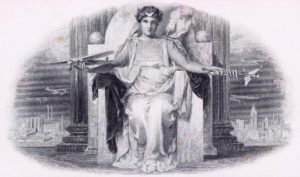
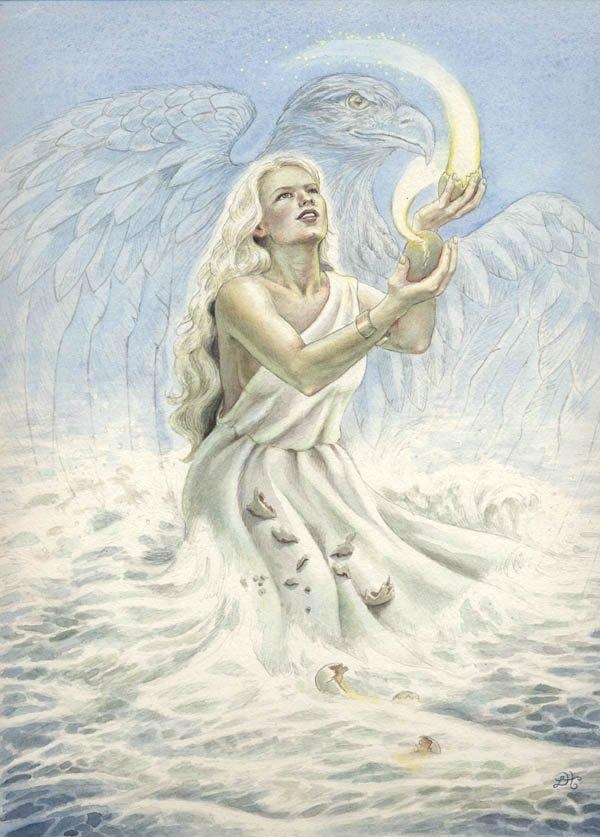
Rough Notes:
Mother Goddess in Comparative Mythology

Mythology is a wonderful world where Phyllis can escape when the mind needs a rest from normal daily life.
Venus of Willendorf
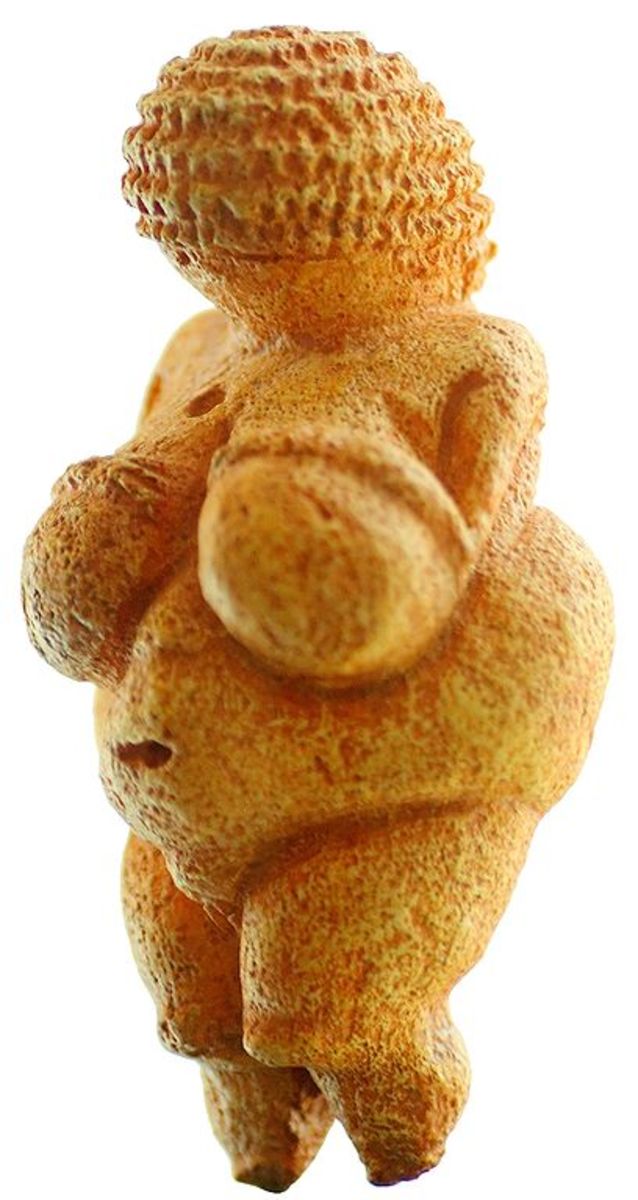
Supreme Goddesses
Throughout time, many cultures have worshiped the image and concept of a mother goddess. She has been looked to and relied upon for the bounty of the harvest, for blessings of marriage and family, for seasons of good weather, and good fortune.
She was seen as the symbol of fertility and was asked for blessings of birth for all plantings, animals, and women. The earliest archaeological finds of the mother goddess image have exaggerated breasts and abdomens, for that is representative of birth, nourishment, and motherhood. It was believed that the mother goddess gave birth to all creation. The goddesses are usually attributed with highly sexual prowess.
Paleolithic (2.5 million years ago to 10,000 BCE):
The Paleolithic period (prehistoric era) is humanity's longest recorded time on Earth. Archaeological excavations have uncovered figures of what they believe are representations of the mother goddess and fertility. The most famous figure is that of Venus of Willendorf, which is believed to have been carved around 24,000—22,000 BCE.
Neolithic:
Figures believed to be those of the mother goddess dating from 10,000 BCE have been uncovered in archaeological excavations. This is the era when farming began and the figures could very likely represent fertility and the bounty of Earth (harvest).
Egyptian
The Nagada culture of ancient Egypt had some of the earliest paintings of a female deity standing between two lionesses. The lioness, as well as other animals, were representative of a good mother. The primordial waters, the sun, the heavenly bodies of the night sky, and Earth are also associated with the ancient goddesses and motherhood.
Isis and Hathor are two of the many goddesses who were looked to for guidance by Egyptian rulers. This tradition then spread to other ancient cultures.
Isis: Egyptian Goddess of Motherhood, Magic, and Fertility
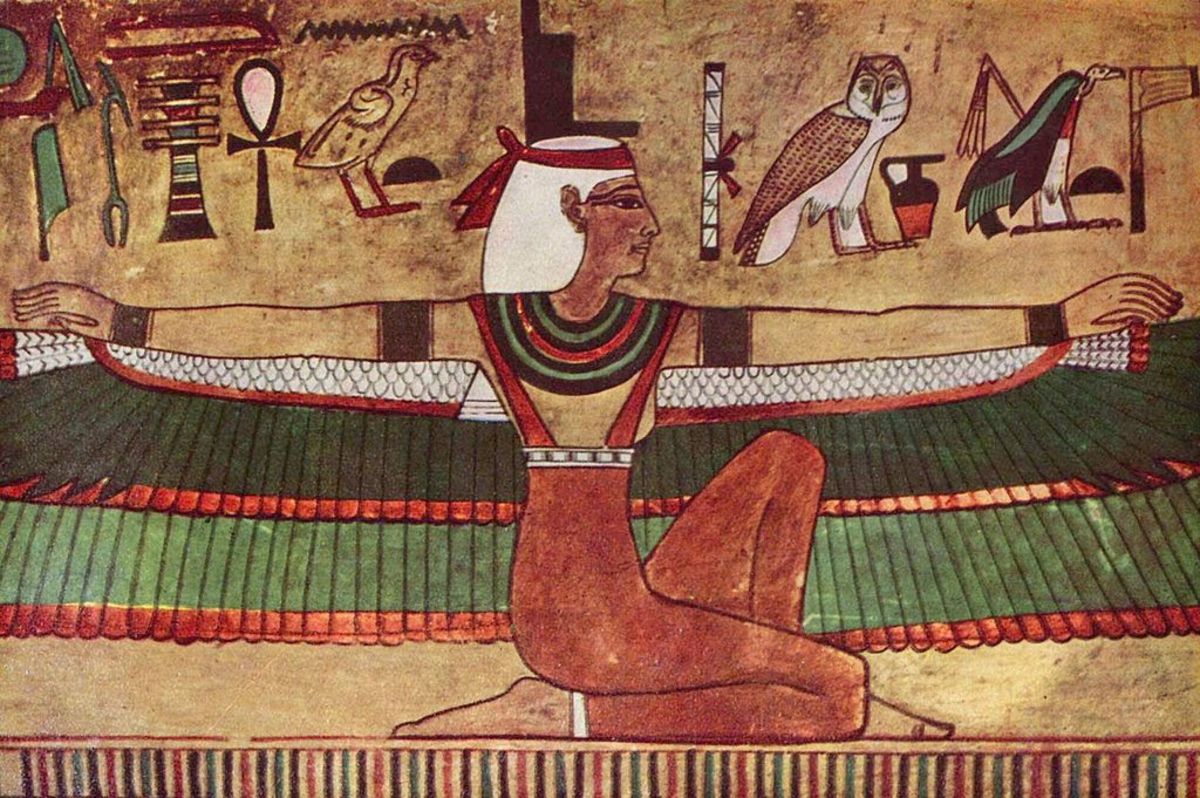
Anatolia—Catalhoyuk
Anatolia is a Neolithic settlement from 7500 BC. Excavations in the 1960s uncovered figurines that were thought to be evidence of mother goddess worship. These were found in what is believed to be shrines. The female figures far outnumbered the male figures found. Eighteen levels were excavated and after the sixth level on down, there were only female figures found.
Further excavation from the mid 1990s dispute a matriarchal society and believe that there was a balance of power and social status.
Greek
In ancient Greek mythology Gaia is referred to as "Mother Goddess" or "Great Goddess". She was the primordial Earth goddess and considered the great mother of all. Gaia came from the Void and through parthenogenesis brought forth Uranus. In union with Uranus, their twelve children, the Titans, were born. It is believed that she also gave birth to the sea gods and the giants and that mortal creatures sprung from her earthy flesh.
In classical Greek mythology, the Olympians defeated the Titans and Demeter became the Mother Goddess with the same attributes as Gaia.
Gaia: Greek Primordial Goddess, Creator, and Giver of Birth to the Earth and All the Universe
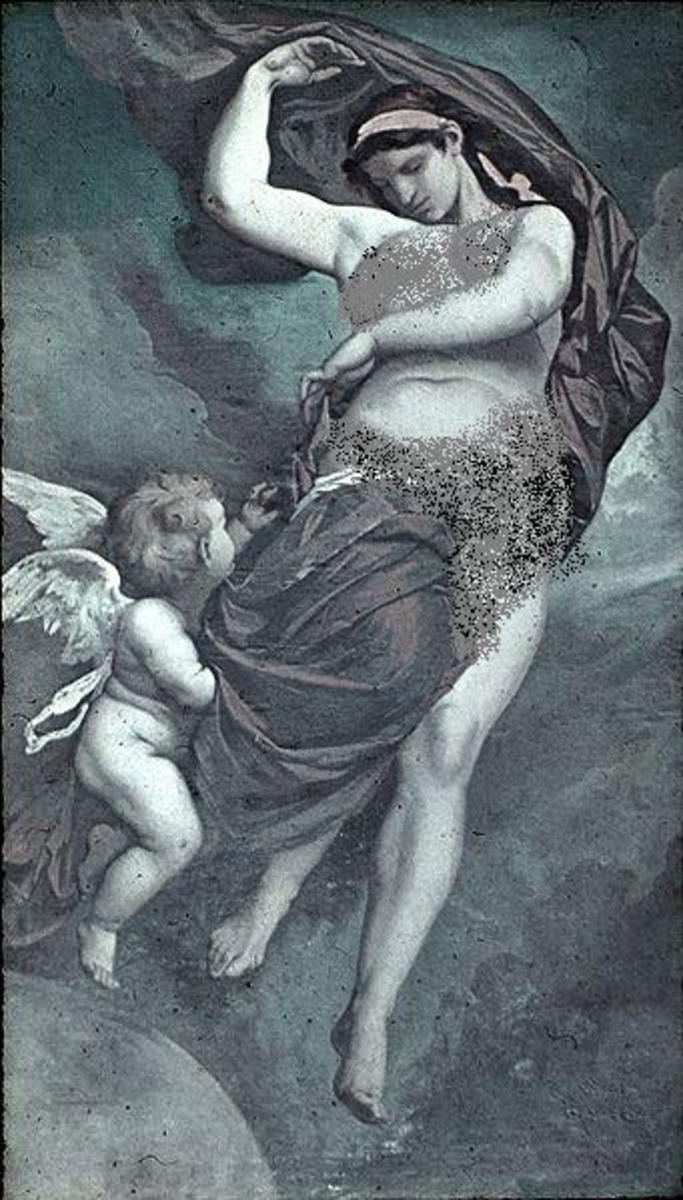
Roman
In Roman mythology, Terra Mater is the equivalent of the Greek Gaia. Ceres, goddess of grain, agriculture and fertility became the equivalent of the Greek goddess Demeter.
Venus was the equivalent of the Greek Aphrodite. Venus was an ancestor of Romulus, the mythical founder of Rome. Julius Caesar and other famous Romans considered her to be the Mother of Rome.
Terra Mater: Roman Mother Goddess
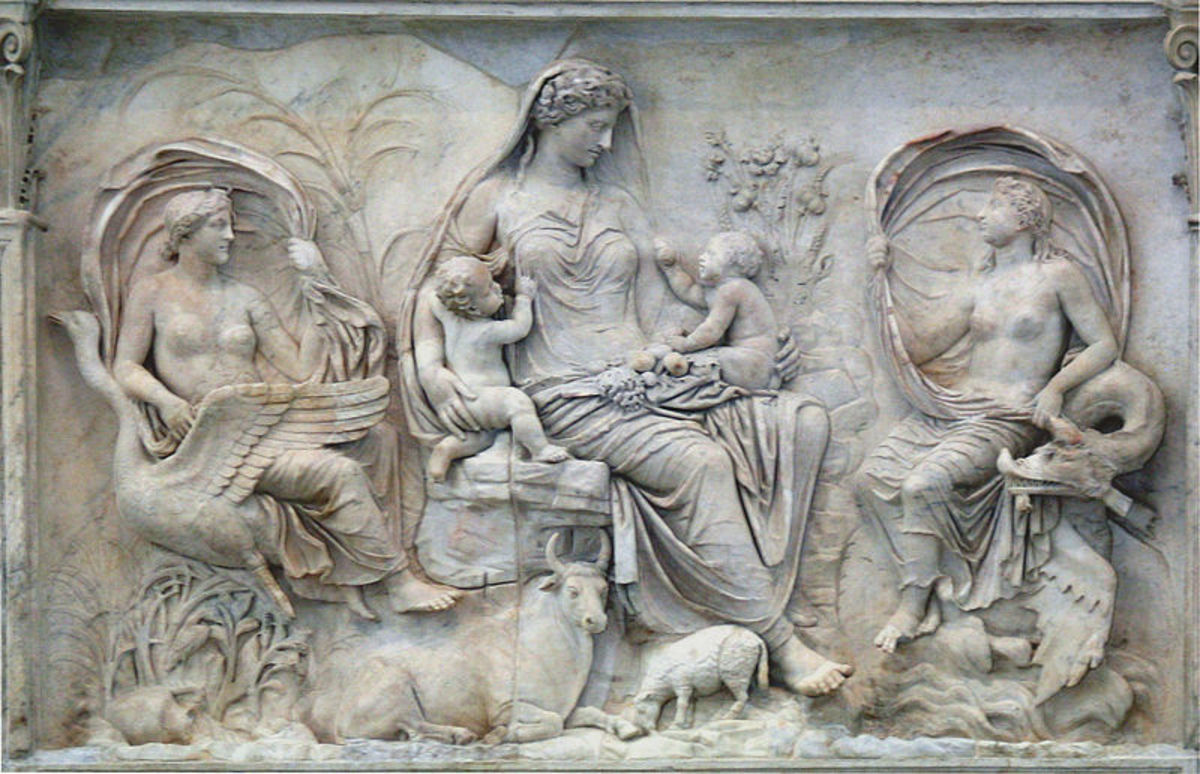
Celtic
Danu is the mother goddess of the Tuatha de' Danaan (People of Danu), a race of people that invaded Ireland in the 11th century. The Tuatha de' Danaan were descendants of the goddess Danu. When they were defeated by the Milesians, the Tuatha de Danaan went underground and lived in mounds. They went back to their ancestral roots of the Faery folk—Danu was then referred to as the Mother Goddess of the Faery.
As the mother of the gods, Danu has strong parallels with the Welsh literary figure (or goddess) Don, who is the mother figure of the medieval tales in the Mabinogion.
Germanic
In comparative mythology, the Germanic history of the mother goddess is one of the most complex, for it is closely related to Norse mythology—and much of the information about the two cultures and their goddess worship comes from Publius Cornelius Tacitus (AD 56—AD 117), a senator and historian of the Roman Empire.
In De Origine et situ Germanorum , Concerning the Origin and Situation of the Germanics, his ethnographic works, Tacitus wrote about the Germanic tribes, which includes a description of the lands, laws, and customs of the Germanic people. He then transitions directly into descriptions of individual tribes.
Tacitus documented rites amongst the Germanic tribes who worshiped their goddess Nerthus, whom he calls Terra Mater, Mother Earth. The eight tribes who worshiped Nerthus would take her statue throughout the countryside upon a wheeled vehicle for all to see and honor her.
Nerthus is associated with fertility and the harvest. Records of the tenth century mention a "charm" called the AEcerbot. This was performed by the people of the tribes—it was a procession through the fields to invoke Eorpan Modor , Earth Mother, to receive her blessings for a good harvest. She was also referred to as folde, fira modor , Earth, mother of men.
In his Germania history, Tacitus writes about the tribes who worship Nerthus:
There is nothing especially noteworthy about these states individually, but they are distinguished by a common worship of Nerthus, that is, Mother Earth, and believes that she intervenes in human affairs and rides through their peoples. There is a sacred grove on an island in the Ocean, in which there is a consecrated chariot, draped with cloth, where the priest alone may touch.
— Tacitus
Processional Wagon of the Germanic Goddess, Nerthus
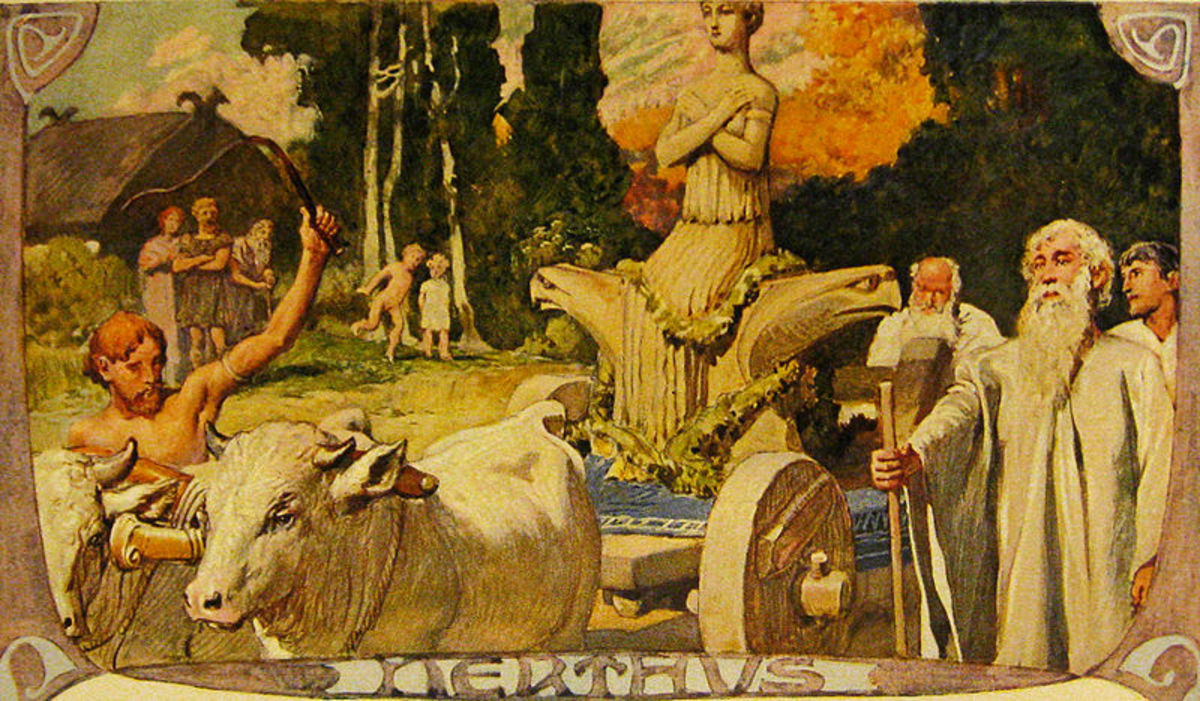
Norse Goddess of Love
Freyja is the Norse goddess of love. She is associated with beauty, fertility, gold, witchcraft, war, and death. Freyja's family are members of the Vanir. Her father, Njoror, married his sister and they had two children, Freyja and her brother, Freyr. The Vanir is one of the Nine Worlds and the home of the Vanir. These gods of Vanir are all associated with fertility and wisdom, and have the ability to see the future.
The Heimskringla, one of the Old Norse kings' sagas, was written by Snorri Sturluson about 1230. The book provides an account of the origin of the gods, including Freyja. In chapter 4, Freyja is introduced as a member of the Vanir, the sister of Freyr, and the daughter of Odin and his sister. After the Aesir and the Vanir War ends in a stalemate, Odin appoints Freyr and Freyja as priests over sacrifices.
Freyja becomes the priestess of sacrificial offerings and it was she who introduced the practice of witchcraft to the AEsir, which previously was only practiced by the Vanir.
Some scholars have seen a connection between Freyja and the Germanic goddess, Nerthus. In 13th century Icelandic writings it has been proposed that the Norse god Njoror, who is Freyja's father, was the consort of Nerthus. The Poetic Edda poem, Lokasenna , the mother of Freyja, listed as Njoror's sister, remains unnamed. Nerthus is often identified with Njoror who is attested in various 13th century Old Norse works and in numerous Scandinavian place names.
Freyha: Norse Goddess of Love, Sexuality, Beauty, Fertility, Gold, War, and Death
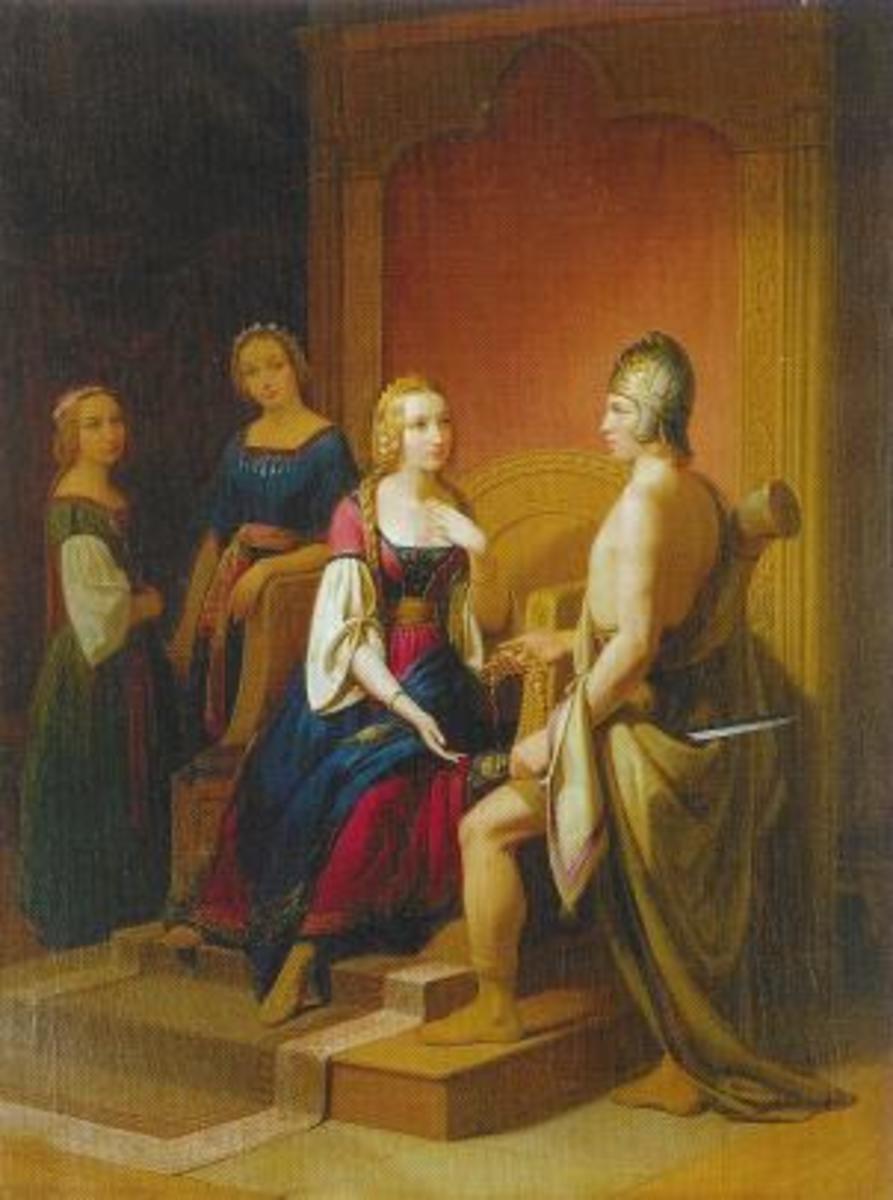
The Mother Goddess in Her Various Forms and Beauty
© 2012 Phyllis Doyle Burns